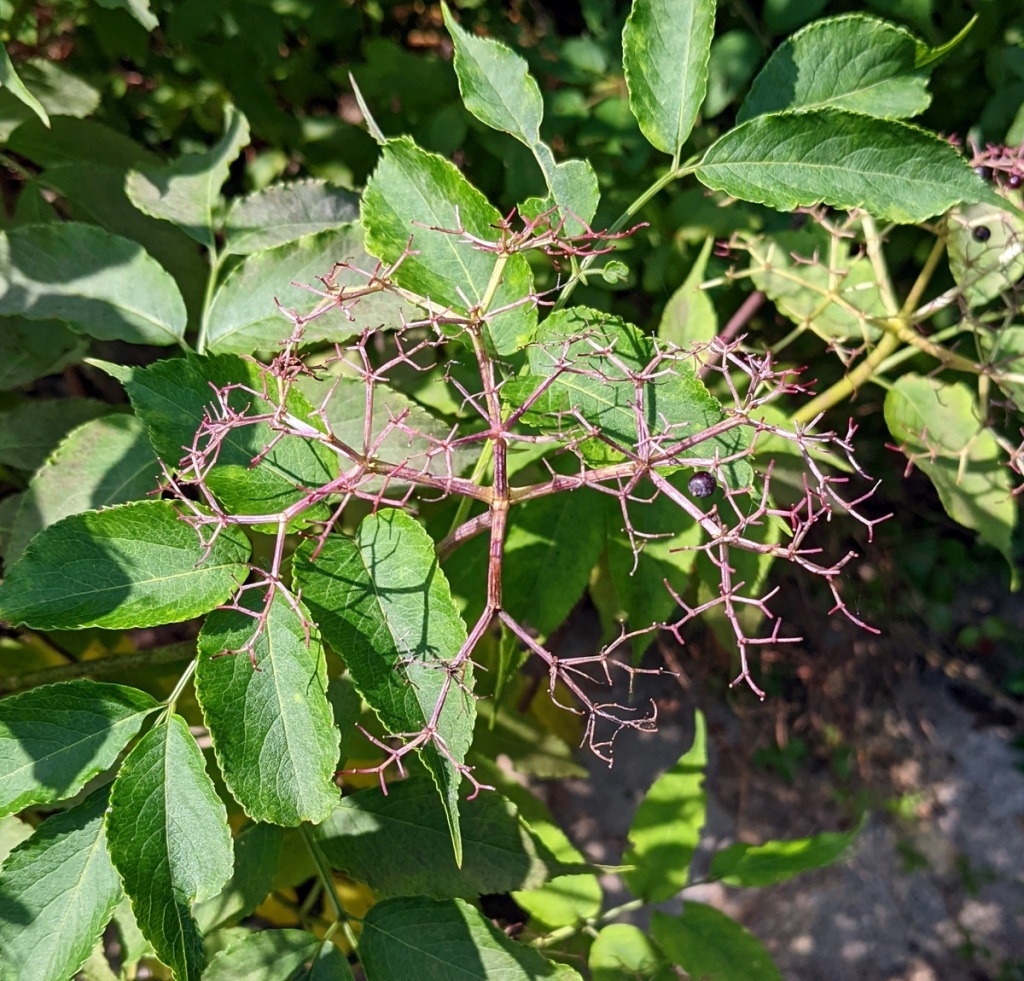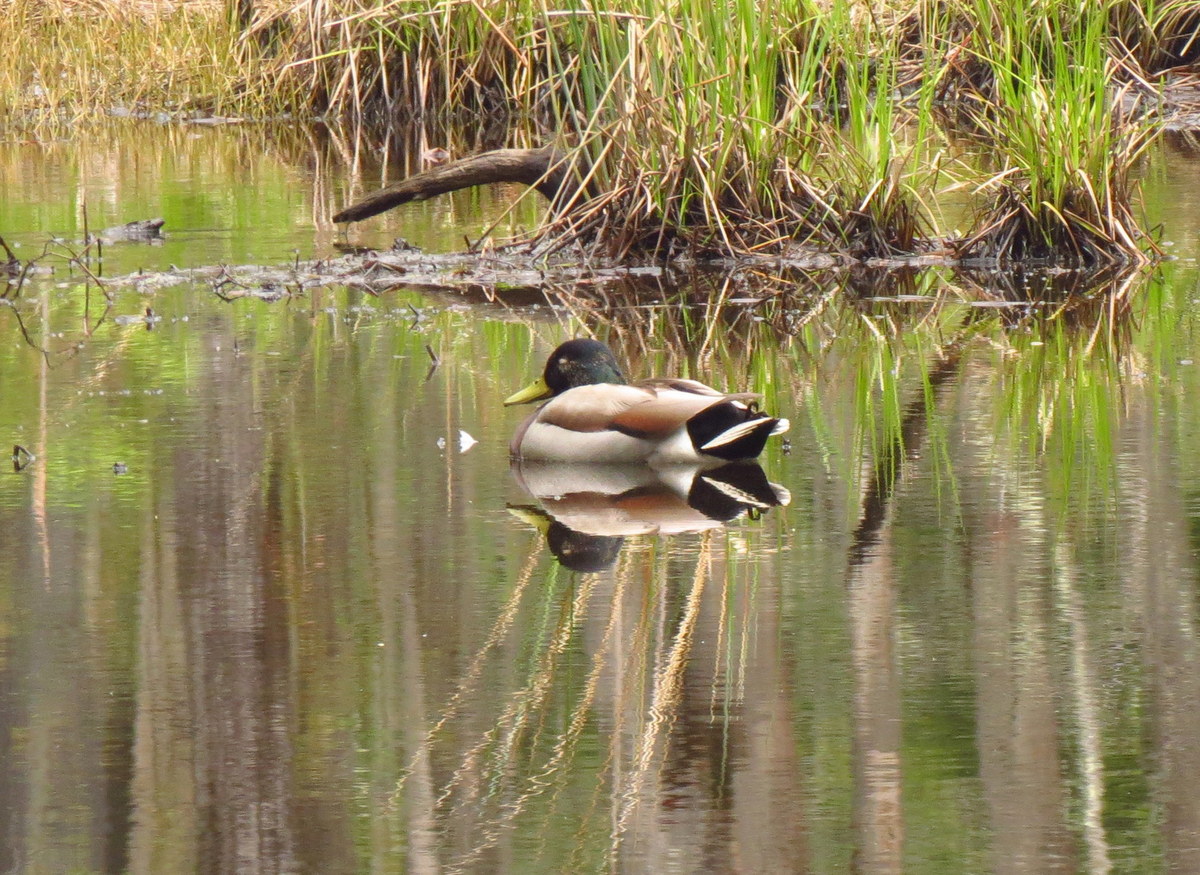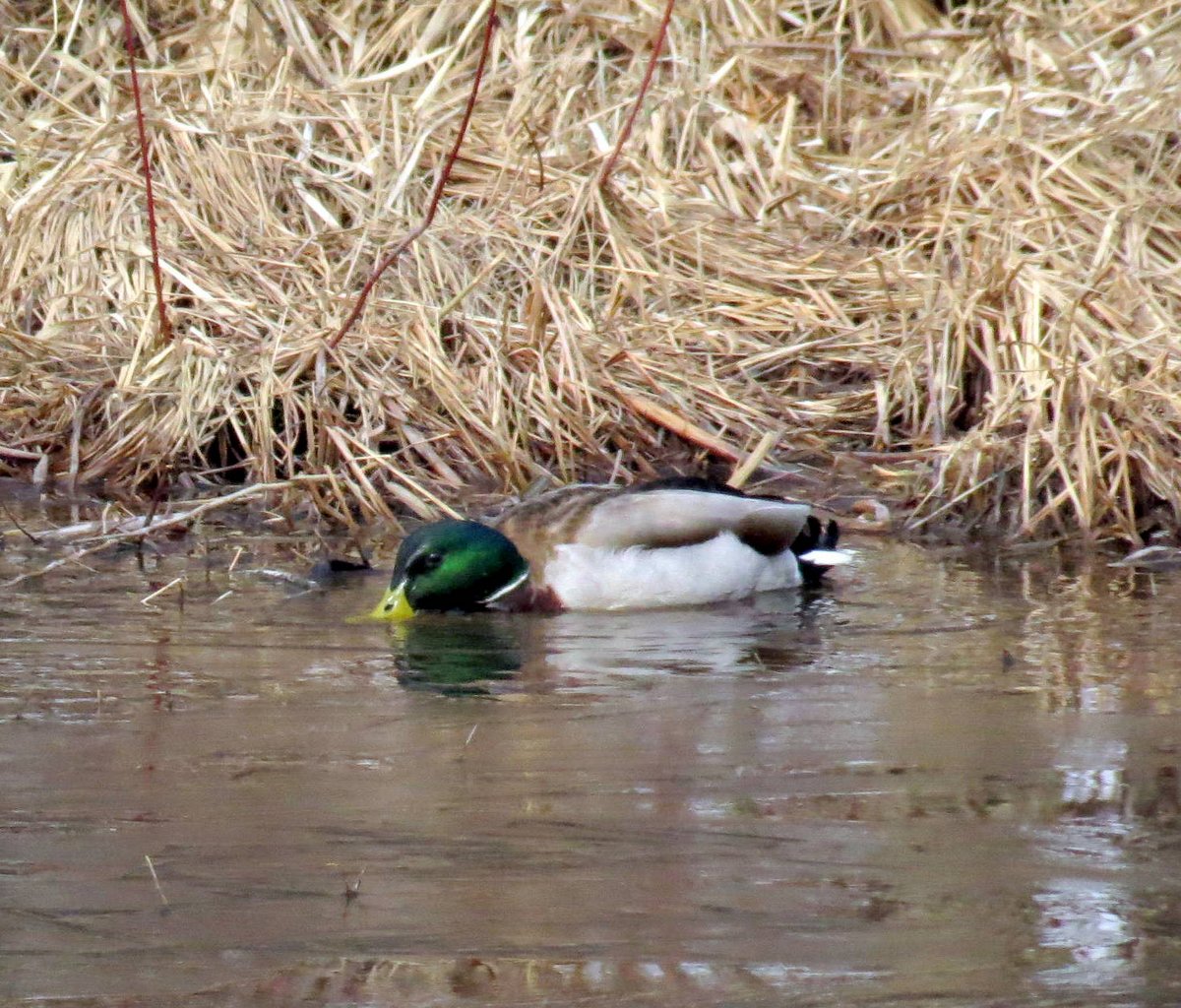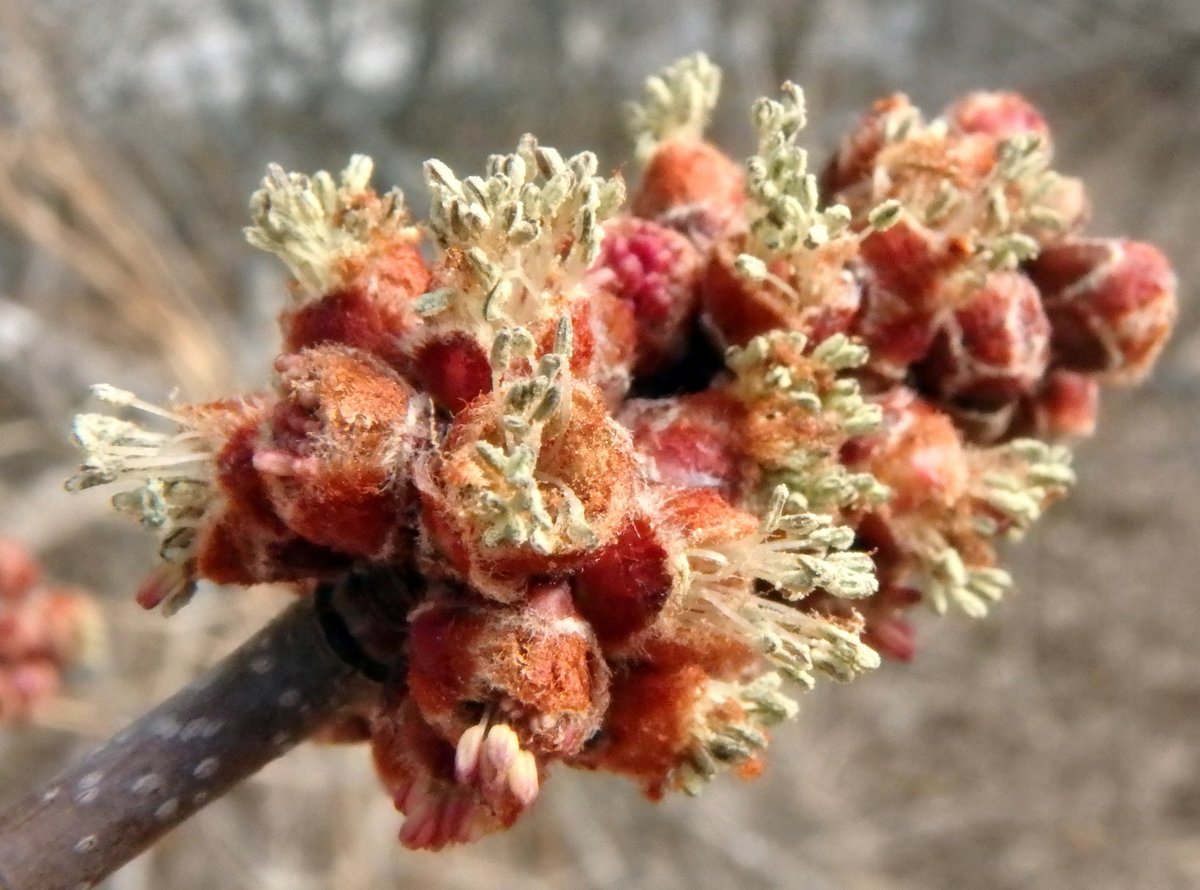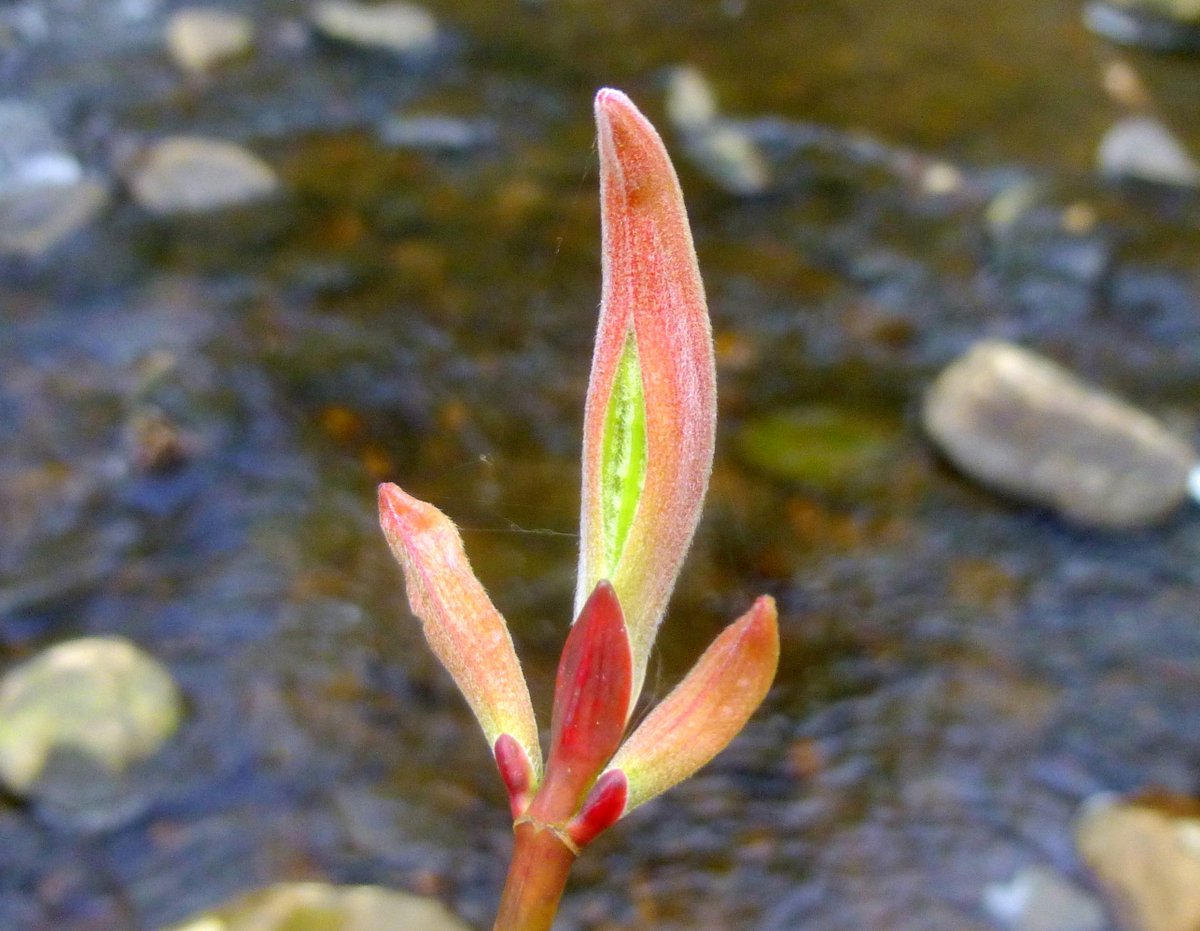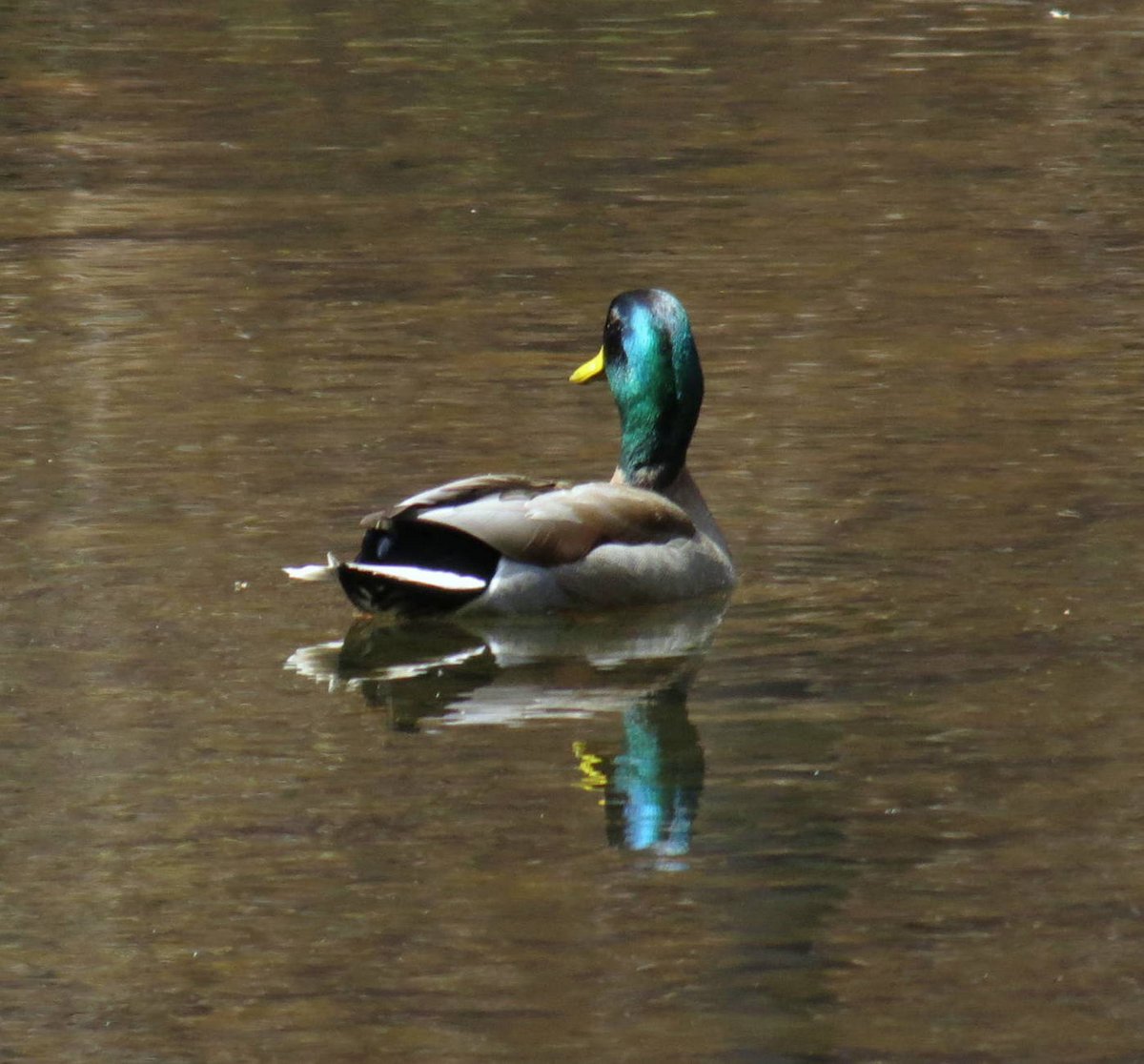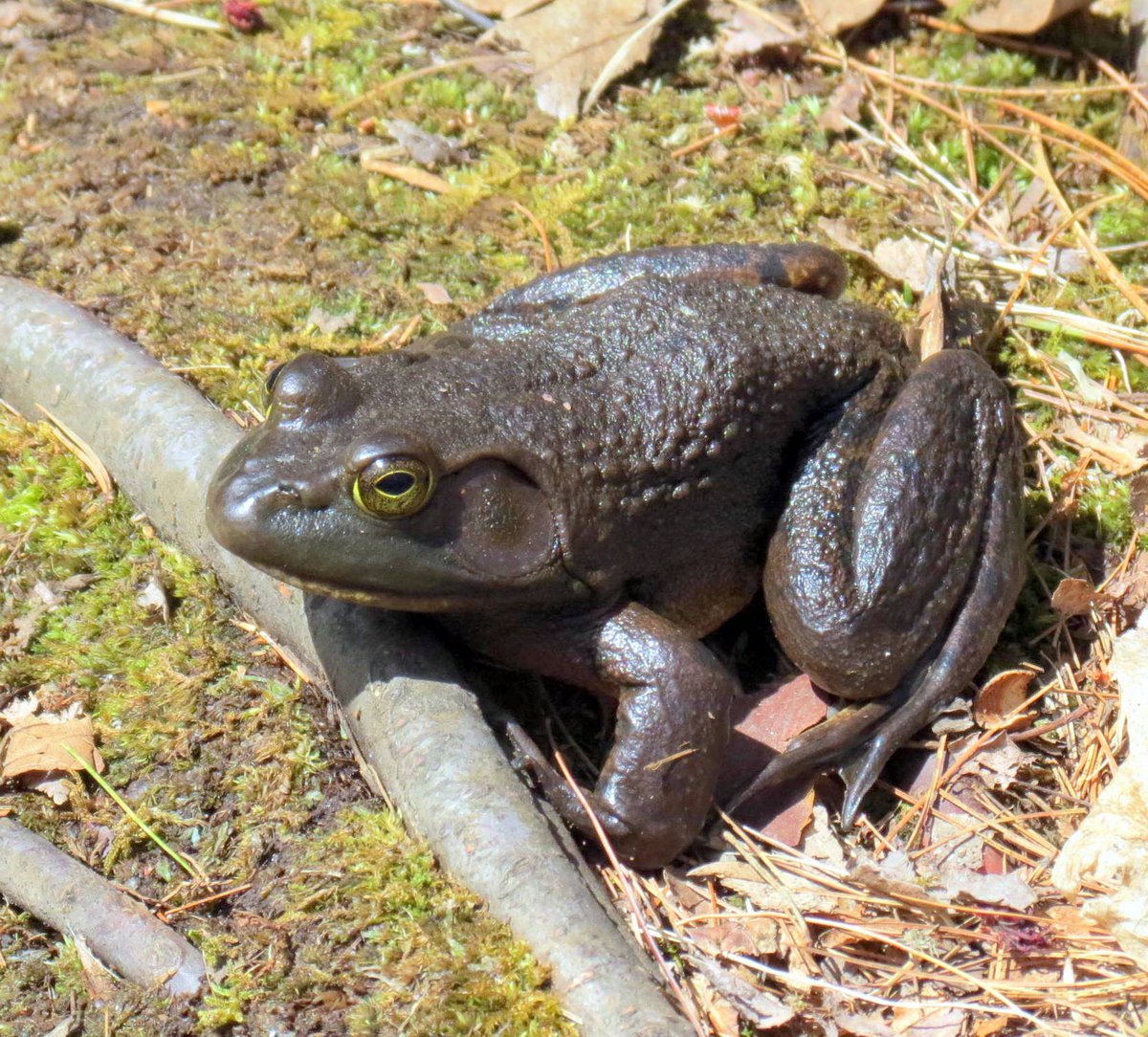
Shortly after I clicked “publish” on the last post I happened to see this out of the corner of my eye while I was driving by. All the trees and the bare granite summit on Mount Monadnock had a frosting of wet snow and it was beautiful. I quickly turned around and found a place to park alongside one of the busiest streets in Keene and got out with my camera. I noticed that drivers were becoming interested either in what I was doing or in what I might be pointing the camera at instead of the road. They were slowing down enough for traffic to start bunching up so I didn’t stay long. Having lived with the mountain for most of my life I can say that what you see here is just about as beautiful as it ever gets. Unfortunately though, most drivers seemed in a hurry to drive right by.

It was warm down in the lowlands that day I took the photo of Mount Monadnock and then it got even warmer, until we ended up with the second warmest first 12 days of February, second only to 2018. Plants responded, as this skunk cabbage shows. According to this blog February eighth in 2020 held the record for the earliest I had seen them until February seventh of this year broke that record. Overall I think this year is quite a lot warmer than 2020 because I didn’t see all the plants and flowers in 2020 that I’m seeing now.

This photo of the same plant was taken five days after the previous one and you can see how the spathe on the left has opened up, tearing itself a bit in the process. Inside the spathe is the spadix, which is what the small flowers grow on. Each day the spathe will open wider to allow early insects access the flower pollen. I saw two or three small insects flying on this day but I couldn’t tell what they were.

Willow catkins are just starting to show. I’m sure all the school teachers will be out cutting them soon to have in their classrooms as they do every year. It’s nice to think of all the younger children getting to see how the bright yellow flowers develop.

I admired a beautiful bud on another willow. It reminded me of a red painted fingernail.
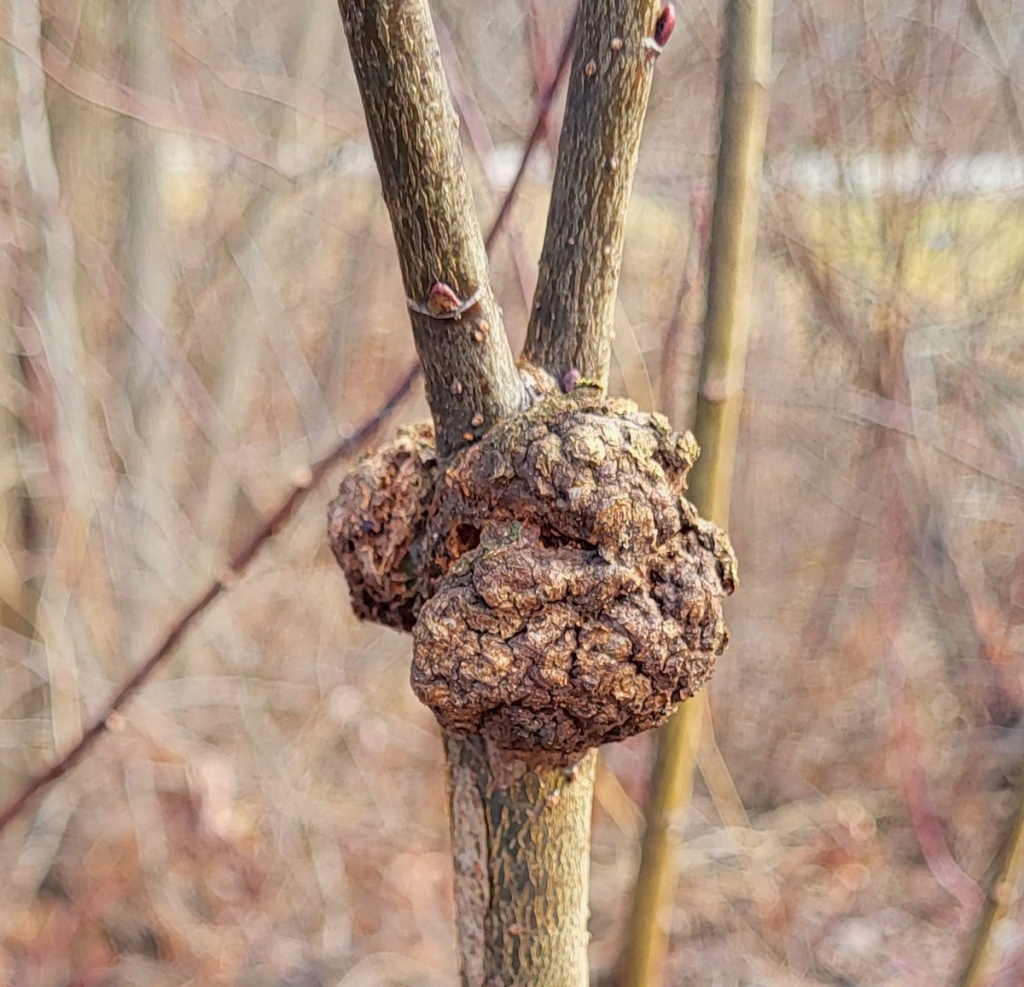
I saw a teddy bear face on another willow. Actually this is a crown gall, which can be caused by bacteria in the soil or a fungus, depending on the host plant. Though this gall shows holes that look like they were made by insects I think they were actually made by a woodpecker. Most galls don’t harm the host plant but crown galls can damage a plant by restricting sap flow and weakening it. Rapid growth of plant cells results in a large, rock hard mass like that seen here. Several ornamental shrubs are susceptible to crown gall. If you find galls on one of yours just Google “Crown Gall on plant name.”

You won’t see many photos of crows on this blog, because they are very smart birds. Point anything at them and they’re gone. I happened to see these birds out in an old field and I wondered if I stayed in the car if they’d let me get a shot. It worked; I shot this through the passenger window while they wandered through the field, ignoring me. I’d bet that if I had gotten out of the car they would have been gone before I could even focus. The two birds in flight seen here were coming in for a landing rather than taking off. Interesting how their black eyes shine in the sunlight. I’ve never noticed that before.

A lady I met in the wetlands the other day told me she had seen and heard red winged blackbirds. They are a sure sign of spring and there are plenty of last year’s cattails waiting for nest building time. Not only do the females use the fluffy seeds to line their nests, they also find nice fat grubs in the plant’s stems. I won’t see them at this pond for a few day though, that’s ice behind them.

Though I haven’t seen any sap buckets yet sap was dripping here and there from the branches of this red maple and the bud scales had loosened and started to open on several of the buds. I expect sap buckets will appear before too long.

Mallards never bothered to go anywhere this year. I’ve seen them regularly since last fall. There are muskrats and beavers living in this stream and they eat the roots of the many cattails growing here. You can see some cattail leaves and stems that have been cut away from the roots floating behind the mallard. In this way they stay well fed and also keep a channel open through the cattails.

Blades of grass were melting their way through this ice. It’s amazing how much warmth anything dark colored generates on a sunny spring day. It’s all energy.

The ice was too thick for this oak leaf to radiate its way through, apparently.

An old willow tree’s branches had turned to gold. It’s the only tree I know of that does this each spring.

American hazelnut catkins are also turning from green to gold. As more sap flows into them they lengthen, become pliable and grow in girth before opening their bud scales and revealing the golden yellow male flowers underneath. The flowers are arranged in spirals around a central stalk, and that can easily be seen here. You can also see the bud scales, which overlap like tiny shingles, just starting to open if you look carefully at the upper left edge of that central catkin. All of these signs point directly to spring. Soon it will be time to look for the tiny female flowers.

The early bittercress plants are blooming. These plants are in the mustard family and are among the first to bloom in spring. They can be a real headache for gardeners. The plants shown here are a mix of hairy and wavy bittercress, I believe.

Bittercress flowers are so tiny this entire bouquet could fit behind a pea. Each flower has four petals and four (hairy) or six (wavy) stamens. The long narrow seedpods, like the one seen here in the background, can shoot seeds several feet, making sure they spread all over a garden. Seeds germinate in the fall, and that’s the best time to pull the small plants; before they flower and set more seeds. It’s always best to make sure that all beds go into winter clean of all but the plants that are supposed to be in them. It’s easier that way.

I saw that a few Cornelian cherry bud scales had opened enough to reveal all the flower buds inside. The tightly packed flower buds looked to be pulling apart and getting ready to open. There’s still room for a lot of cold air in the month of February so I hope they’ll wait. Most of the plants seen in this post are built for cold and they can take it but I think it would kill off Cornelian cherry blossoms. This small tree is in the dogwood family and I see brown, frost bitten dogwood blossoms almost every year. The bud seen here is about as big as a pea.

Magnolias have just one bud scale called a cap, and most of the time they fall off whole but sometimes they’ll do what this one is doing and fool you into thinking there are two scales instead of one. What surprised me about this bud is how it had another hairy bud scale inside the outer one. I can’t remember ever seeing this before.

There are large numbers of daffodils shooting up but I haven’t seen any buds yet. That’s probably a good thing.

Hyacinths are also up, and early. They don’t usually come along unto the crocuses begin to bloom and I haven’t seen a crocus yet.

This dandelion blossom looked as if it had just rolled out of bed and hadn’t had time to fully wake up. There’s also a lot of chickweed in this shot, I see. That will be the next to bloom, before long.

I was happy but not surprised to see the spring blooming witch hazels in full bloom. They’re beautiful and it was nice to see them again.
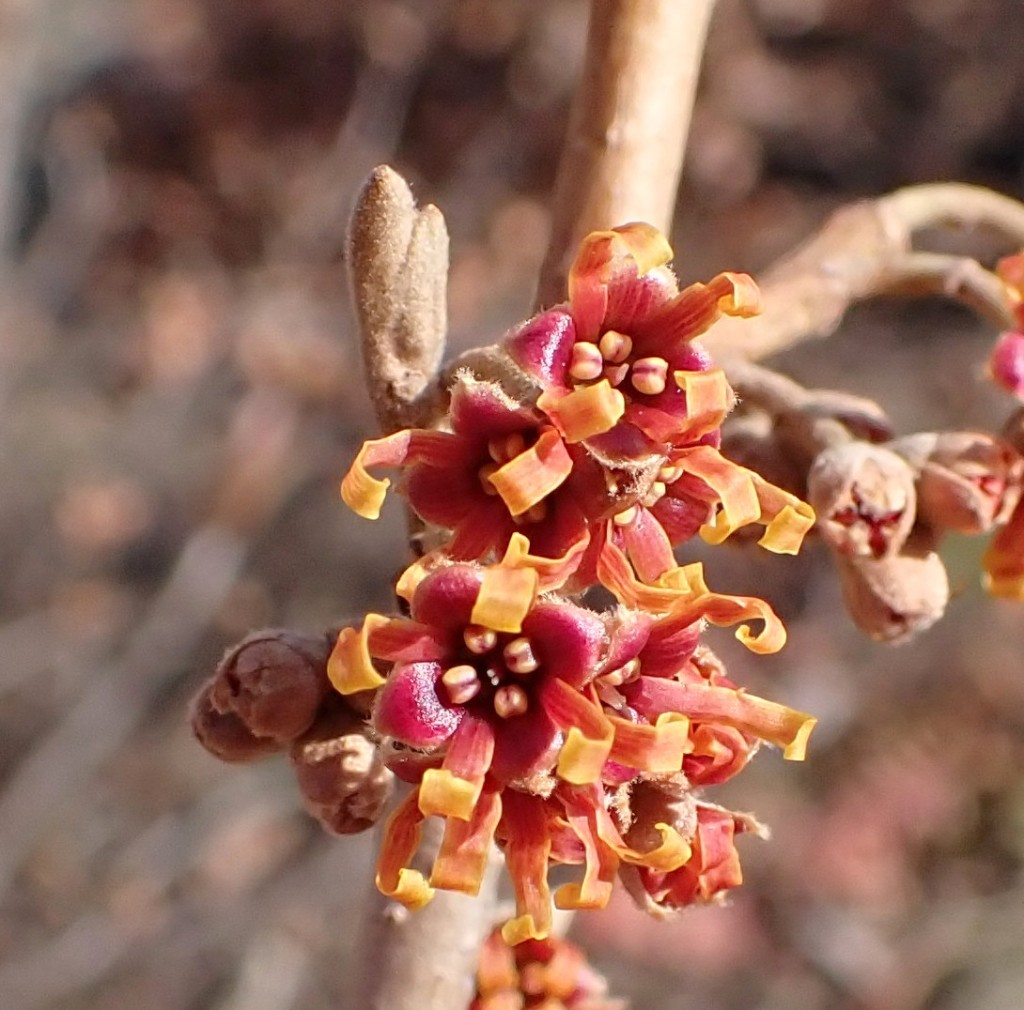
Though they are native to the United States they are not native this far north but even so I’ve seen them blossom their way through snow storms and very cold weather. Though the individual flowers are small there are so many of them they put on a good show. They also have a wonderful scent that is hard to describe. Maybe a little spicy but also clean and fresh. Some have described it as clean laundry just brought in off the line. They often bloom for weeks depending on the weather, so they would be a great addition to any spring garden.
Yesterday morning was cold and a couple inches of nuisance snow had fallen overnight but it doesn’t matter because spring is on the way. The plants in this post might be slowed down by a cold snap or two but they won’t be stopped. If you aren’t seeing flowers just yet chances are it won’t be long.
Spring is sooner recognized by plants than by men. ~Chinese Proverb
Thanks for coming by.























